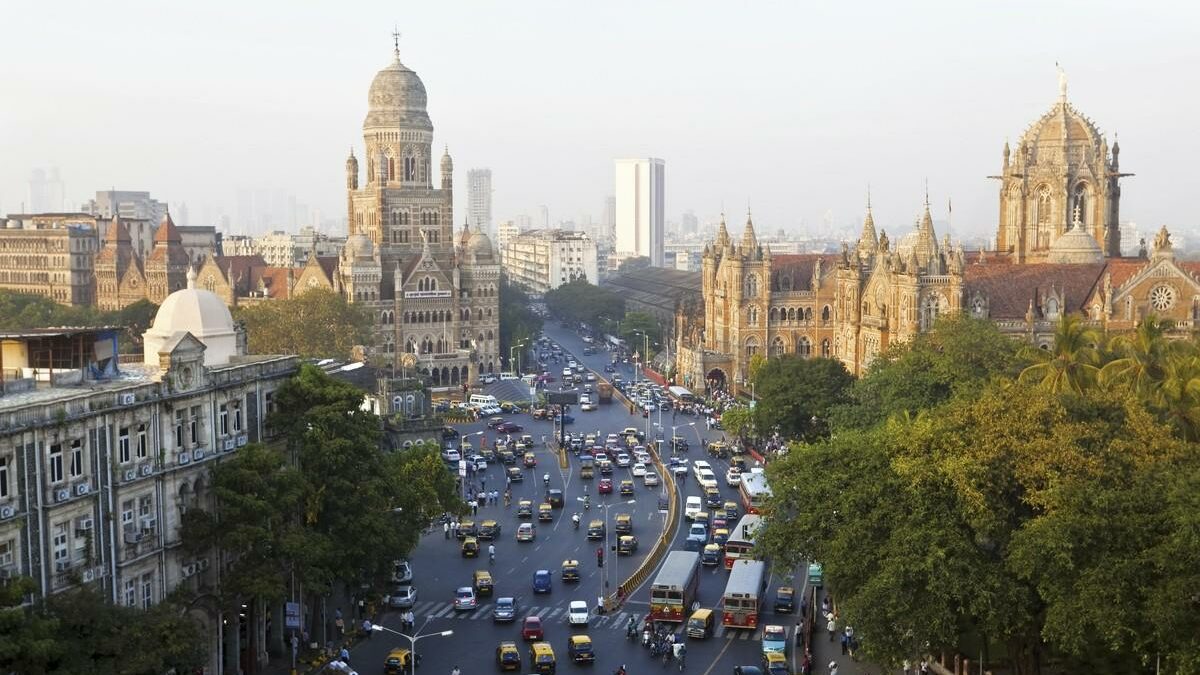At a time when global growth is stagnating and China’s economy is struggling to get back on track, India’s economic health seems to be unshakeable. With an average population age of 28, the world’s most populous country and fifth largest economy is currently enjoying a 6% growth rate. But what lies behind this glittering macroeconomic picture?
In its episode from November 16th, 2023, “India: unlimited growth?”, France Culture’s program Entendez-vous l’éco?, presented by Tiphaine de Rocquigny, examined the case of India, a country which is drawing the attention of a world that still knows very little about it.
Joël Ruet, President of The Bridge Tank and CNRS economist at the Institut Interdisciplinaire de l’Innovation, senior researcher at the Technology for Change Chair at Ecole Polytechnique, was France Culture’s guest. With him were:
- Catherine Bros, Professor of economics at the University of Tours and researcher at the Laboratoire d’économie d’Orléans, specialist in the Indian economy.
- Basudeb Chaudhuri, Economist, researcher affiliated with the Centre d’études sud-asiatiques et himalayennes, CESAH (joint EHESS/CNRS unit) and CREM (Centre de Recherche en Economie et Management, University of Caen and CNRS)
Indian growth: a subject of mistaken aspiration?
With a constant growth rate of around 6%, India’s macroeconomic situation is currently capturing the attention of the international community. As the world’s fifth-largest economy, having – not without symbolism – overtaken the United Kingdom, and with its sights set on becoming the world’s third-largest economic power behind the United States and China, India has set itself the goal of achieving a GDP of USD 5,000 billion.
With a young population, a good demographic situation and therefore a high level of human capital, all the indicators seem to be positive for the country of 1.4 billion inhabitants.
But as Joël Ruet noted in his opening remarks, is this economic health and national dynamism really sustainable? In terms of GDP per capita, India is far from being in the front-runners, ranking 125th worldwide. For growth to translate into development, we need to look at job creation, as pointed out by Catherine Bros.
Today, India’s growth is mainly driven by services, a sector that requires training but not manpower.
Inequality and poverty
However, the other side of India is not quite as bright. With almost 50% of the workforce employed in the primary sector, which accounts for only around 15% of the GDP, the urban-rural divide is still very much visible. Maintaining growth at around 6% since the major reforms of the 90s has become necessary to continue to provide employment in the formal sector, while almost 3/4 of the workforce is in the informal sector, as Basudeb Chaudhuri points out. Even so, this growth is struggling to have an impact on agriculture and the rural economy.
While China has over the last few decades seen poverty recede at all levels and a middle class take shape, India is not progressing as fast, held back in part by its federal model, says Basudeb Chaudhuri.
According to Catherine Bros, extreme poverty has largely diminished, and intermediate poverty has also begun to decline. However, poverty remains very high, with only 20% of the Indian population living above the poverty line. Indian government figures indicate that 800 million Indians, i.e. 2/3 of the population, currently receive some form of subsidy (e.g. food security, energy), a point echoed by Basudeb Chaudhuri.
According to Joël Ruet, certain anti-poverty policies are nonetheless to be commended, as they have enabled the creation of a digital identity and the opening of a bank account for every Indian, right down to the village level, thus ensuring greater efficiency in the redistribution of aid and access to services for rural populations.
Education and training: a challenge for the future
In the wake of the COVID-19 pandemic, the agricultural workforce has been on the rise, reminding us that this sector remains a safety net for many Indians in a context of economic fragility. Faced with these development challenges, education and training remain a key issue.
Although almost 100% of the Indian population now has access to primary education, secondary education is where the real loss is, with 70% of the workforce having not gone beyond this level. Worse still, according to Basudeb Chaudhuri, the content of training courses, particularly those offered by uncontrolled private institutions, is often lacking in operational knowledge necessary to integrate the job market, leaving almost 70% of new Indian graduates unemployable.
Often compared to China, India nevertheless presents some notable historical differences, particularly in the industrial sector, which Joël Ruet believes must be taken into account. Whereas China’s industrialization spanned almost 70 years, producing several generations of skilled workers, India did not benefit from comparable industrial growth. The catching-up that is taking place today in the secondary sector is based on human capital that does not come from an industrial world, but rather from farming, requiring a major training effort.
Faced with such constraints, young people are waiting longer for a qualified job. As for women, they are withdrawing from the job market, with only 1 in 5 in paid employment. This is particularly true in rural areas, where women are retreating to unpaid work on farms.
Economic integration of a country-continent
Despite all these challenges, India continues to grow. But what about the country’s place in the global economy?
Since opening up to competition in the 1990s, India has oscillated between openness and protectionism. The rate of integration of the Indian economy into world trade remains relatively low today, having peaked at 20% in the 2010s, but has since fallen back to 10%. Today, India accounts for just 1.7% of world trade in goods and 3% in services.
The Modi administration’s mercantilist economic policy, which aims to limit imports while supporting exports, particularly in high-tech sectors through the creation of national champions, also reflects this cautious integration. The ambition announced by recent economic programs is to make India self-sufficient, by prioritizing production and integration of the national economy and strategic insertion into global flows.
According to Joël Ruet, the internal national development of Indian technology companies is already enabling their globalization, as they are faced with a sizeable domestic market with hundreds of millions of users. They need to be able to manage different cultures in terms of human capital, but also develop a multi-site, cosmopolitan approach that takes into account the diversity of the country’s cities, languages and cultures.
The Modi government’s economic approach, which is neither domestically nor internationally liberal, is therefore consistent with India’s late entry into the global economy and the growing temptation of protectionism. The integration of the national economy and the creation of a production base that can be mercantilist is an important step.
Listen to all programs with Joël Ruet on France Culture:
- Le Magazine du week-end, “Dans les forêts d’Afrique, le lucratif commerce de la compensation carbone”
- Entendez-vous l’éco?, “‘Chine : La fin du rêve?’ La mondialisation à l’heure de Pékin”
- Cultures Monde, “‘Qui pour sauver la planète?’ Les financiers?”
- …

